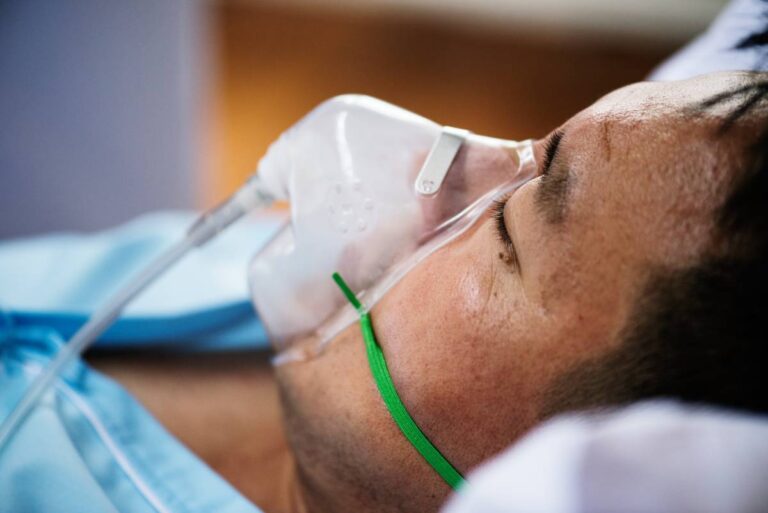A Do Not Resuscitate (DNR) order is a legal document in which someone or a proxy (usually a spouse, family member, or lawyer) designated to act in their stead states that they do not wish to be resuscitated through cardiopulmonary resuscitation (CPR) by healthcare providers should their heart or breathing stop. A DNR order concerns only the use of CPR and does not prevent the use of other life-saving measures such as medicine or intravenous fluids.1 While seemingly a clear-cut decision on the part of the patient, the situation with a patient with a DNR becomes more complicated when the patient must undergo surgery and anesthesia.
Interventions routinely used during surgery for patients whose vital functions are depressed by anesthesia, such as vasopressors or mechanical ventilation, are also used as life-preserving techniques. A DNR may lead anesthesiologists to either withhold these interventions or to reduce the levels of anesthesia or analgesia in an attempt to render these interventions unnecessary, either of which could negatively affect the outcomes of the surgery.2 These factors can create tension between respecting a patient’s informed choices versus providing beneficial, and potentially lifesaving, high-quality surgical care. This tension has led to uncertainty about how to manage these advance directives with their surgical patients.
In considering how best to advise a patient with a DNR prior to their surgery, it is important to consider whether in-operation CPR would lead to a positive outcome for a particular patient. This decision can largely depend on whether the potential cardiac arrest would be a result of the natural disease progression for the patient or be a result of anesthesia. In the former case, the burdens of CPR may outweigh the benefits of the intervention: although approximately 40% of patients who undergo CPR in the hospital will have return of spontaneous circulation, only about 10% will survive to discharge. However, it is worth considering that CPR more frequently has a positive outcome when implemented in the operating room, as the patient is continually monitored, and resuscitation can be initiated immediately. Furthermore, in the case when the cardiopulmonary arrest is attributable to the anesthetic, the patient recovery rate can be as high as 92%. In short, the risk-to-reward calculation for CPR is fundamentally different in the OR, and a patient or their designated proxy should be made adequately aware of the potential risks and benefits before making the decision on whether or not to lift their DNR for their surgery.3
While a physician may feel obligated to make critical decisions on behalf of their patients regardless of the patient’s prior directives, the American College of Surgeons has stated that any policy which leads either to the automatic enforcement or disregarding of DNR orders does not sufficiently support a patient’s right to self-determination. Thus, a required reconsideration discussion must occur with the patient as early as feasible prior to their operation. In this discussion, the patient must be made fully aware of the way in which the risks and potential outcomes of CPR can differ in a surgical setting as well as the routine interventions involving techniques used in resuscitation which are integral to anesthesia management during their operation. This discussion can result in the patient’s decision to suspend their DNR for the surgery and perioperative period, retain their DNR order, or to modify their DNR to allow for certain interventions.4 Thus, it is critical that physicians fulfill their responsibility both to properly inform patients about potential risks and benefits prior to this decision as well as to respect and uphold this decision during the subsequent surgical procedure.
References
(1) Definition of do not resuscitate order – NCI Dictionary of Cancer Terms – NCI. https://www.cancer.gov/publications/dictionaries/cancer-terms/def/do-not-resuscitate-order.
(2) DNR in the OR and Afterwards | PSNet. https://psnet.ahrq.gov/web-mm/dnr-or-and-afterwards.
(3) Shapiro, M. E.; Singer, E. A. Perioperative Advance Directives: Do Not Resuscitate in the Operating Room. Surgical Clinics of North America 2019, 99 (5), 859–865. https://doi.org/10.1016/j.suc.2019.06.006.
(4) Advance Directives by Patients: “Do Not Resuscitate” in the Operating Room | ACS. https://www.facs.org/about-acs/statements/advance-directives-by-patients-do-not-resuscitate-in-the-operating-room/.

